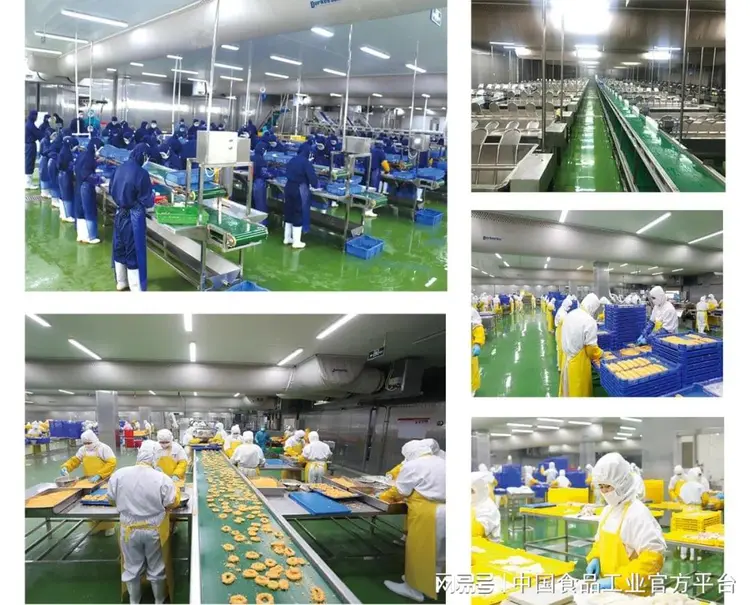Rongcheng Port, with the salty sea breeze carrying the smell of the ocean, sees batches of fresh squid coming ashore. Driven by consumer upgrades and healthy eating trends, squid, with its high protein and low-fat characteristics, has become a highlight of consumer growth. As the "Hometown of Squid in China," Rongcheng, through its strategy of "source control + technological innovation + full industrial chain layout," has written a microcosm of the Chinese squid industry's journey from the ocean to the table.
Special Fishing, Laying the Foundation Stone for Quality Control
In early August, Pacific flying squid migrate to the fishing grounds around Rongcheng. Having been nurtured in the pure cold waters of 37 degrees north latitude and tempered by the waves during their migration, the squid boasts Q-elastic and delicious meat. However, August falls within the fishing moratorium of the Yellow Sea and Bohai Sea. If the fishing moratorium ends, fishermen will miss the best fishing season for squid. To this end, starting in 2021, Shandong Province has opened a special channel for squid fishing and implemented special squid fishing during the fishing moratorium. The 15-day squid fishing season, with a daily catch of nearly 10,000 catties, has brought joy to the Rongcheng fishermen.
Image Source: Ocean Channel
High-quality products stem from strict source control. The caught squid must undergo a rigorous screening process; only those with full bodies, tender meat, and meeting quality standards can enter the subsequent processing stages. Source control measures not only guarantee the freshness of squid raw materials but also lay a solid foundation for the high quality of subsequent processed products.
Workshop Revolution: Achieving Intelligent Processing
The squid processing workshop of Shandong Lanrun Group uses a carbon dioxide freezing system, introduces a complete set of advanced original Japanese processing equipment, a complete assembly line processing technology, a fully automatic packaging system, and advanced drying equipment and cold storage. In the squid processing process, it strictly adheres to food safety standards, precisely controls temperature and humidity, and strictly regulates the processing procedures.
Modern processing equipment and the skilled handling techniques of workers blend together, jointly performing the "magic" of squid delicacies. In the processing, the squid is carefully handled, its innards removed, and skinned, ensuring that each piece is clean and hygienic. Then, according to different product needs, the squid embarks on a diverse "transformation" journey, becoming uniform squid rings, frozen squid fillets, dried squid products, and squid strips.
In the processing workshop, every process is carefully designed and optimized. The squid's toughness and deliciousness are perfectly blended, making it a "star product" among seafood delicacies, deeply popular in the domestic market and exported overseas, becoming a shining business card.



